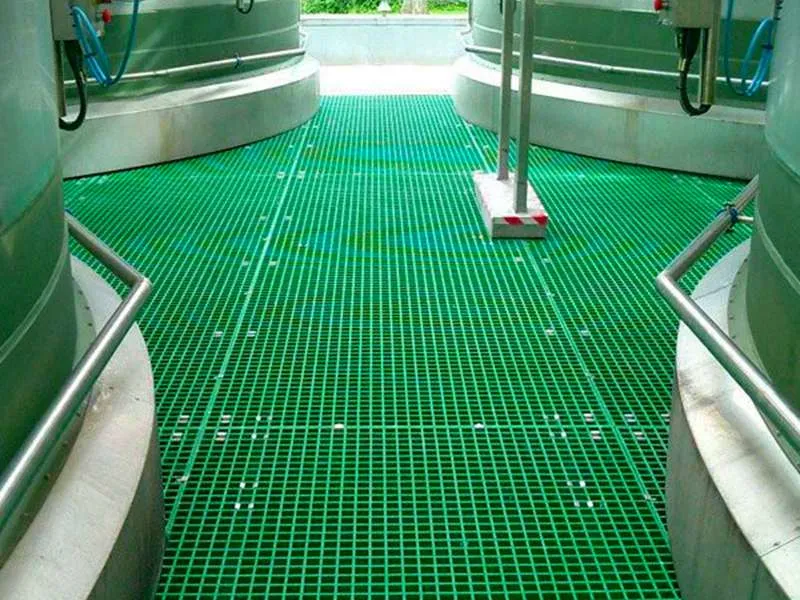
-
 Afrikaans
Afrikaans -
 Albanian
Albanian -
 Amharic
Amharic -
 Arabic
Arabic -
 Armenian
Armenian -
 Azerbaijani
Azerbaijani -
 Basque
Basque -
 Belarusian
Belarusian -
 Bengali
Bengali -
 Bosnian
Bosnian -
 Bulgarian
Bulgarian -
 Catalan
Catalan -
 Cebuano
Cebuano -
 China
China -
 China (Taiwan)
China (Taiwan) -
 Corsican
Corsican -
 Croatian
Croatian -
 Czech
Czech -
 Danish
Danish -
 Dutch
Dutch -
 English
English -
 Esperanto
Esperanto -
 Estonian
Estonian -
 Finnish
Finnish -
 French
French -
 Frisian
Frisian -
 Galician
Galician -
 Georgian
Georgian -
 German
German -
 Greek
Greek -
 Gujarati
Gujarati -
 Haitian Creole
Haitian Creole -
 hausa
hausa -
 hawaiian
hawaiian -
 Hebrew
Hebrew -
 Hindi
Hindi -
 Miao
Miao -
 Hungarian
Hungarian -
 Icelandic
Icelandic -
 igbo
igbo -
 Indonesian
Indonesian -
 irish
irish -
 Italian
Italian -
 Japanese
Japanese -
 Javanese
Javanese -
 Kannada
Kannada -
 kazakh
kazakh -
 Khmer
Khmer -
 Rwandese
Rwandese -
 Korean
Korean -
 Kurdish
Kurdish -
 Kyrgyz
Kyrgyz -
 Lao
Lao -
 Latin
Latin -
 Latvian
Latvian -
 Lithuanian
Lithuanian -
 Luxembourgish
Luxembourgish -
 Macedonian
Macedonian -
 Malgashi
Malgashi -
 Malay
Malay -
 Malayalam
Malayalam -
 Maltese
Maltese -
 Maori
Maori -
 Marathi
Marathi -
 Mongolian
Mongolian -
 Myanmar
Myanmar -
 Nepali
Nepali -
 Norwegian
Norwegian -
 Norwegian
Norwegian -
 Occitan
Occitan -
 Pashto
Pashto -
 Persian
Persian -
 Polish
Polish -
 Portuguese
Portuguese -
 Punjabi
Punjabi -
 Romanian
Romanian -
 Russian
Russian -
 Samoan
Samoan -
 Scottish Gaelic
Scottish Gaelic -
 Serbian
Serbian -
 Sesotho
Sesotho -
 Shona
Shona -
 Sindhi
Sindhi -
 Sinhala
Sinhala -
 Slovak
Slovak -
 Slovenian
Slovenian -
 Somali
Somali -
 Spanish
Spanish -
 Sundanese
Sundanese -
 Swahili
Swahili -
 Swedish
Swedish -
 Tagalog
Tagalog -
 Tajik
Tajik -
 Tamil
Tamil -
 Tatar
Tatar -
 Telugu
Telugu -
 Thai
Thai -
 Turkish
Turkish -
 Turkmen
Turkmen -
 Ukrainian
Ukrainian -
 Urdu
Urdu -
 Uighur
Uighur -
 Uzbek
Uzbek -
 Vietnamese
Vietnamese -
 Welsh
Welsh -
 Bantu
Bantu -
 Yiddish
Yiddish -
 Yoruba
Yoruba -
 Zulu
Zulu
inserting rock bits techniques and strategies for efficient
Inserting Rock Bits Techniques and Strategies for Efficient Drilling
In the realm of drilling operations, the choice and insertion of rock bits play a pivotal role in enhancing efficiency and productivity. Rock bits are essential components that directly impact the success of drilling activities in various geological formations. As the industry evolves, it is imperative to adopt innovative techniques and strategies that optimally utilize these tools.
Understanding Rock Bits
Rock bits are specialized tools designed to penetrate and break through hard rock formations. They come in various types, including roller cone bits, fixed-cutter bits, and tooth bits. Each type has its unique advantages and is suitable for specific geological conditions. The selection of the appropriate rock bit depends on factors such as rock hardness, formation type, and the drilling objectives.
Techniques for Inserting Rock Bits
1. Pre-Drilling Assessment Before inserting a rock bit, a thorough assessment of the drilling site is essential. This involves geological surveys, core sampling, and examining historical drilling data. Understanding the subsurface conditions helps in selecting the right bit, which can significantly reduce drilling time and costs.
2. Bit Selection and Design After assessing the geological conditions, the next step is to select a bit that matches the formation's characteristics. For instance, in soft formations, fixed-cutter bits might be more effective, while roller cone bits are better suited for hard, rocky terrains. Additionally, considering the bit design, such as the number of blades and their configuration, can enhance performance and durability.
inserting rock bits techniques and strategies for efficient

3. Proper Handling and Insertion Techniques The method of inserting the rock bit into the drill string is crucial for maintaining its integrity. Care should be taken to ensure that the bit is securely attached and that all connections are properly tightened to prevent any disengagement during drilling. Utilizing a make-up torque gauge can help achieve the recommended torque specifications, ensuring a snug fit.
4. Monitoring and Adjusting Parameters During the drilling process, it is vital to monitor various parameters, such as weight on bit (WOB), rotational speed (RPM), and mud flow rate. Real-time data analysis allows drill operators to make informed adjustments. For instance, increasing WOB can improve penetration rates, while excessive torque can lead to bit wear or failure. Striking a balance between these variables is key to optimizing drilling efficiency.
5. Utilizing Advanced Technologies The integration of advanced technologies such as rotary steerable systems (RSS) and measurement-while-drilling (MWD) tools can significantly enhance rock bit performance. These technologies provide accurate data on the bit's location and orientation, allowing for more precise drilling adjustments. Moreover, predictive analytics can be employed to foresee potential challenges, enabling proactive decision-making.
6. Bit Maintenance and Replacement Strategies Regular inspection and maintenance of rock bits not only prolong their lifespan but also ensure optimal performance. The implementation of a bit management system can aid in tracking the usage and performance of bits, allowing operators to determine the right time for replacement.
Conclusion
Efficient drilling is a complex interplay of various factors, with rock bit insertion being central to achieving operational success. By employing systematic techniques and strategies, including thorough pre-drilling assessments, proper handling practices, real-time adjustments, and leveraging advanced technologies, drilling operations can significantly enhance their efficiency. As the industry continues to evolve, staying abreast of innovations and best practices will ensure that operators can effectively tackle the challenges of drilling in diverse and demanding geological settings. Embracing these approaches not only optimizes resource extraction but also contributes to more sustainable and environmentally responsible drilling practices.









